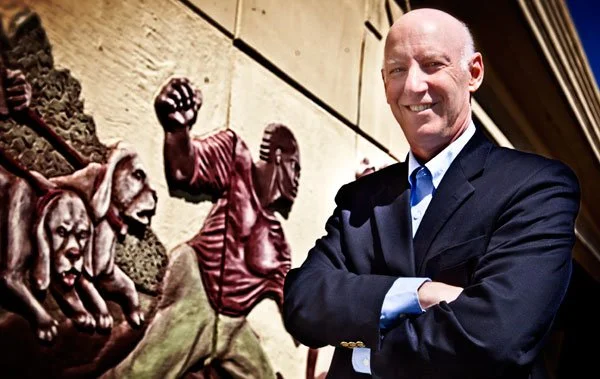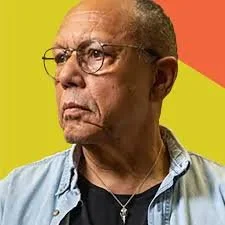Research & Thought Leadership
GLUE’s vision is grounded and affirmed by a wide range of research but particularly the powerful scholarship of three key thought leaders whose research exposes the challenges–and possibilities–facing communities of color in Great Lakes cities.
Dr. Marc Levine
Dr. Marc Levine’s recent indices on African American and Hispanic well-being reveal staggering disparities in the cities of the Great Lakes and other metros. His work gives GLUE the data to advocate boldly for targeted racial equity–so that Black and Brown communities aren’t left behind in regional progress.
Dr. Henry Louis Taylor Jr
Dr. Henry Louis Taylor Jr., based in Buffalo, documents how post-industrial decline and racialized urban planning have systematically disempowered Black neighborhoods. GLUE draws on his framework to organize for power, reinvestment, and repair.
John Austin
John Austin offers a vision for transforming the Rust Belt into a “Blue Belt”–a region of economic renewal driven by water, innovation, and inclusion. GLUE embraces this vision with a clear equity lens: the benefits of revitalization must reach all communities.
Together, these scholars give GLUE the intellectual backbone to push for change that is research-informed, justice-centered, and deeply rooted in place.
Marquette University – Center for Urban Research, Teaching and Outreach (CURTO)
The Center for Urban Research Teaching and Outreach // Marquette University has been deeply embedded in Milwaukee’s boys-and-men-of-color ecosystem. Led by Dr.Robert Smith, CURTO co-founded BLESTHub (Black and Latino Ecosystem & Support Transition Hub) with GLUE president WalterLanier. Funded by the City of Milwaukee’s Black Male Achievement Advisory Council, this hub became a catalyst for research and collaboration. It has produced five annual ecosystem reports, created an ecosystem map, delivered deep analyses on dual-enrollment programs and helped create new dual-enrollment courses, alongside numerous presentations and convenings.
During Milwaukee’s My Brother’s Keeper certification process, CURTO’s Dr.GabrielVelez stepped in as the research backbone—and he and CURTO continue to serve in that role today. Their ongoing work includes leading research teams, collecting data and ensuring that MBK strategies are evidence-based. This sustained partnership demonstrates how an initial investment in research infrastructure can yield a substantial body of scholarship and practical impact.



